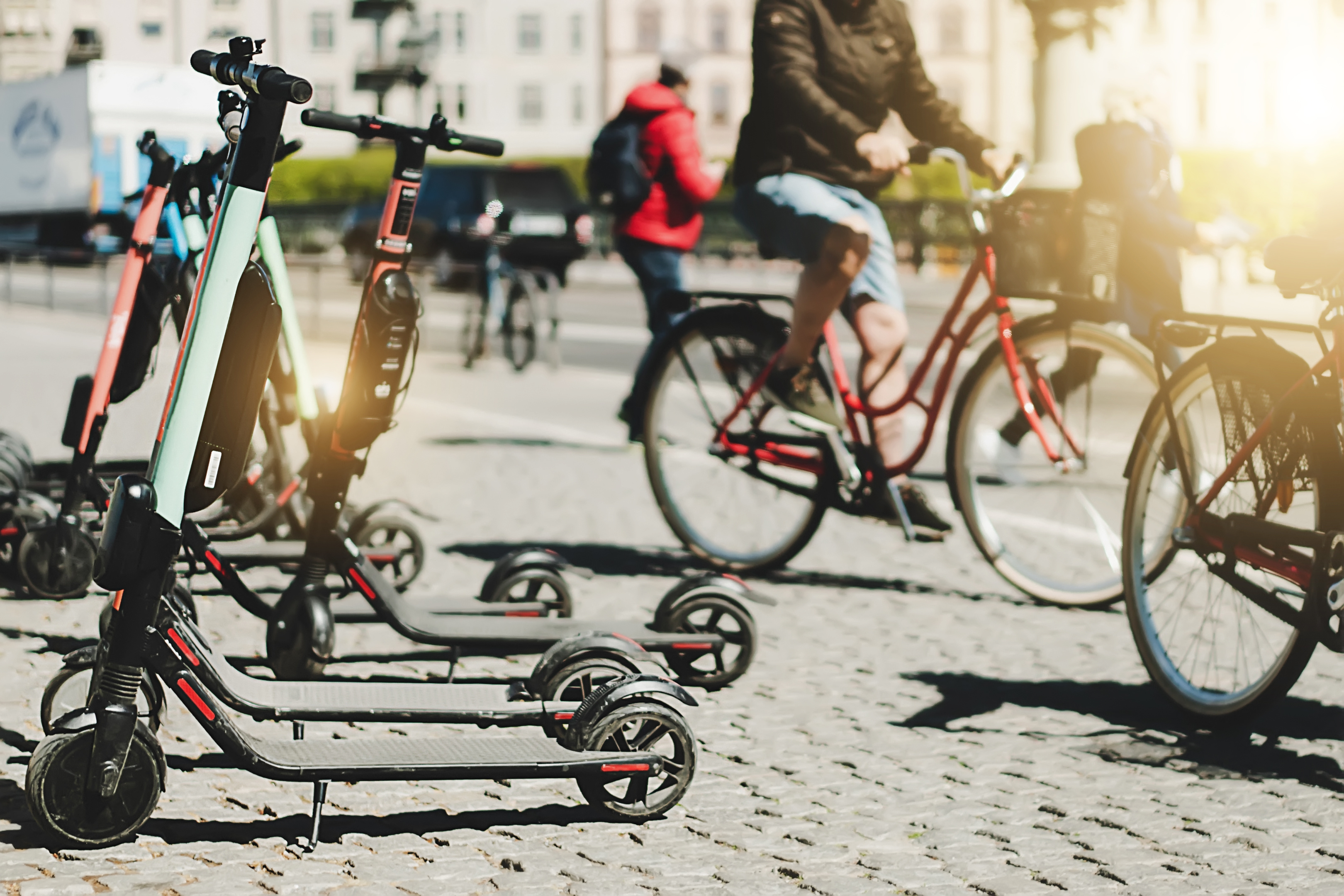A Smart City is a city or town that works more efficiently through the use of digital technology, improving its mobility, safety and environment.
Smart Mobility comprises the development of an intelligent mobility network. It is a redesign of the traditional approach to mobility in cities. New technology makes it possible to connect and innovate all aspects of mobility.
This leads to more efficient, sustainable and integrated use of all forms of transportation, mobility services and shared infrastructure. In a smart city, residents and visitors seamlessly combine their own cars and bikes with all forms of public transport, shared services such as shared cars, shared scooters and shared bikes, on-demand solutions such as Uber and Lyft, and shared infrastructure such as charging stations.


